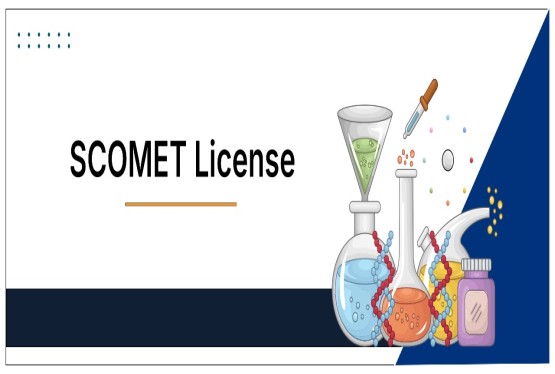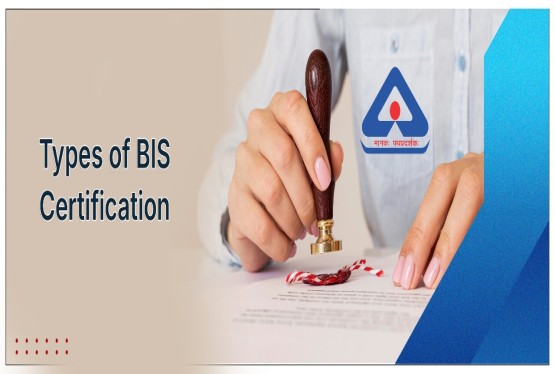The Central Drugs Standard Control Organization (CDSCO) is India's national regulatory body responsible for the approval, regulation, and classification of medical devices. The CDSCO Registration operates under the Drugs and Cosmetics Act, 1940, and the Medical Devices Rules, 2017, safeguarding that medical devices meet safety, quality, and performance standards before entering the Indian market. Considerate the CDSCO classification system is key for manufacturers, importers, and healthcare professionals to make sure compliance and facilitate smooth market access. In this article, we are going to discuss the classification of Medical Devices in India
Definition of Medical Devices in India
As per Rule 3(zb) of the Medical Devices Rules, 2017, a medical device is defined as:
Any instrument, apparatus, appliance, implant, material, or other article, whether used alone or in combination, including software intended by its manufacturer to be used specially for human beings or animals for one or more of the specific purposes of -
-
Diagnosis, prevention, monitoring, treatment, or alleviation of any disease or disorder.
-
Diagnosis, monitoring, treatment, alleviation, or assistance for any injury or disability.
-
Investigation, replacement, or modification of the anatomy or a physiological process.
-
Supporting or sustaining life.
-
Disinfection of medical devices.
-
Control of conception.
CDSCO Classification of Medical Devices
The CDSCO classifies medical devices into four risk-based categories (A, B, C, D), with Class A being the lowest risk and Class D being the highest risk. The classification is based on:
-
Intended Use – Diagnostic, therapeutic, surgical, or life-supporting.
-
Duration of Use – Transient (30 days).
-
Degree of Invasiveness – Non-invasive, invasive, or implantable.
-
Potential Harm – Local, systemic, or life-threatening risks.
CDSCO Classification Criteria
|
Class |
Risk Level |
Regulatory Control |
Examples |
|
A |
Low Risk |
Minimal oversight |
Bandages, surgical gloves, thermometers |
|
B |
Low-Moderate Risk |
Moderate control |
Catheters, syringes, hearing aids |
|
C |
Moderate-High Risk |
High scrutiny |
Ventilators, infusion pumps, bone implants |
|
D |
High Risk |
Strictest regulation |
Pacemakers, heart valves, neurostents |
CDSCO’s Regulatory Powers and Approval Process
The CDSCO has the authority to:
-
Grant licenses for manufacturing and import.
-
Conduct inspections of manufacturing facilities.
-
Enforce recalls if a device is unsafe.
-
Monitor post-market surveillance for adverse events.
CDSCO Registration Approval Ways
-
Class A & B: Self-certification (for Indian manufacturers) or Import License (for foreign manufacturers).
-
Class C & D: Mandatory CDSCO approval through a performance assessment or clinical trial (if required).
CDSCO Impact on Users and Healthcare System
-
Patient Safety – As a human our primary responsibility to maintain the safety norms to save the patient life and follow the Strict classification safeguards high-risk devices undergo rigorous testing.
-
Market Access – When we are going to recommend or using the required any of the equipment, they should be Faster approvals for low-risk devices improve affordability.
-
Innovation & Compliance – Your experience must be sharing the concern and suggestion also contribute in research to developing the next generation technology to Encourages manufacturers to meet global standards.
-
Post-Market Surveillance – If we are going to use first time then keep in minds his past history of performance and user experience of his results for Safeguards long-term safety through adverse event monitoring.
CDSCO Challenges in Registration Process
-
Delays in approvals for Class C & D devices. This is not only a permission its carry lots of responsibility with the very west impacted so that they have a certain check point and process chain of concerns and the follow these steps and you have to prepare to face this and be cosies to take a margin of time from to apply the CDSCO Registration to till get the certificate.
-
Lack of awareness among small manufacturers is a common issue all over the world not even in India only. But it’s a part of planning of Business when we are plan to start a business than we take the advice of experts of concern fields and cross check or always keep in minds the Nassery guideline the issued the department. I would like to suggesting here to participation of the concern event and engaging the new emerging technology.
-
Counterfeit devices entering the market. Always a market demand is primary cause to attract this type of activity because they use substandard and unregistered or copycat product to avoid and educate the others also.
Final Remarks
The CDSCO classification system plays an important role in confirming that medical devices in India are safe, effective, and appropriately regulated. By categorizing devices based on risk, the CDSCO balances innovation with patient safety, fostering a robust healthcare ecosystem. Manufacturers and importers must adhere to these regulations to avoid legal repercussions and guarantee public trust. As India’s medical device industry grows, continuous improvements in regulatory frameworks will be essential to align with global standards such as the EU’s MDR and US FDA.
If you are facing any turbel related to CDSCO Registration So feel free to contact Us on 9988424211 or Email on info@ccoffice.in We are always happy to help you.
FAQs
Q1. What is CDSCO, and what is its role in medical device regulation?
Ans. The Central Drugs Standard Control Organization (CDSCO) is India’s national regulatory authority responsible for the approval, classification, and monitoring of medical devices. It operates under the Drugs and Cosmetics Act, 1940, and the Medical Devices Rules, 2017, ensuring that medical devices sold in India are safe, effective, and of high quality.
Q2. How are medical devices classified under CDSCO?
Ans. CDSCO classifies medical devices into four risk-based categories (A, B, C, D):
-
Class A (Low Risk): E.g., surgical gloves, thermometers.
-
Class B (Low-Moderate Risk): E.g., syringes, hearing aids.
-
Class C (Moderate-High Risk): E.g., ventilators, bone implants.
-
Class D (High Risk): E.g., pacemakers, heart valves.
Q3. What is the approval process for Class A and B medical devices?
Ans. Class A & B (Indian Manufacturers): Self-certification under Rule 19 of MDR 2017 with a Declaration of Conformity.
-
Class A & B (Foreign Manufacturers): Require an Import License but no prior CDSCO approval.
Q4. Do Class C and D medical devices require clinical trials?
Ans. Class C: May require performance evaluation data (clinical trials if insufficient existing data).
-
Class D: Mandatory clinical trials unless the device has prior approvals from US FDA, EU CE, or other stringent regulators.
Q5. What is the validity period of a CDSCO medical device license?
Ans. Manufacturing/Import License: Valid for 5 years, renewable before expiry.
-
Product Registration: Must be periodically reviewed based on risk classification.
References
-
Medical Devices Rules, 2017 (India)
-
CDSCO Guidelines
-
WHO Medical Device Regulations












































































_crop10_thumb.jpg)







_Rules,_2025_learn_crop10_thumb.jpg)




























































